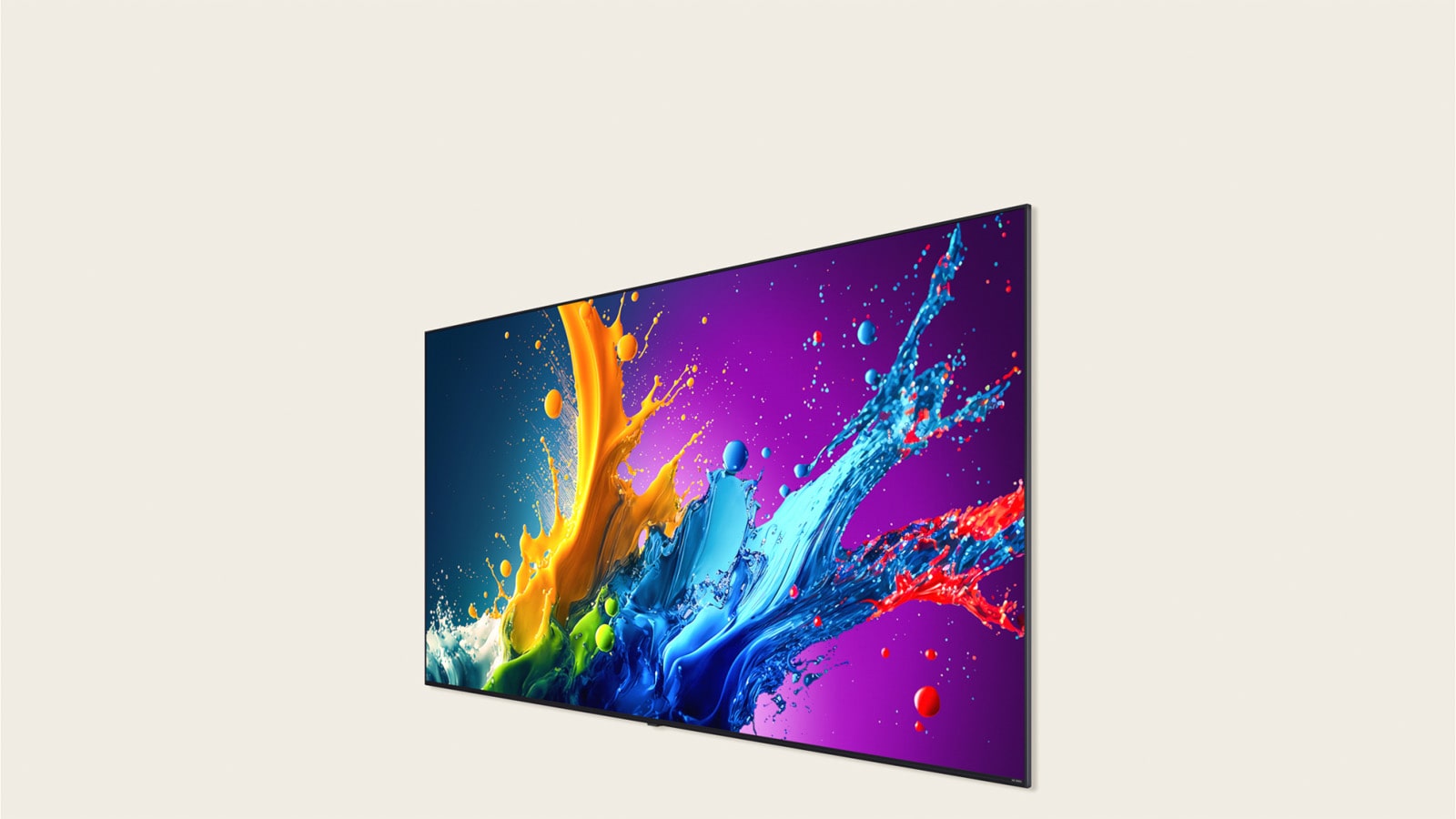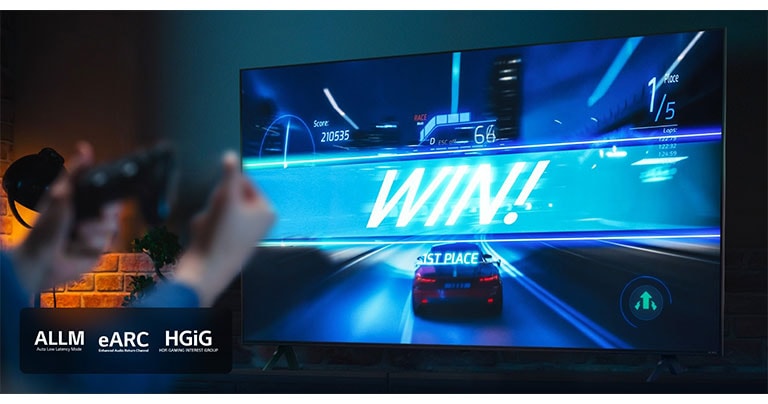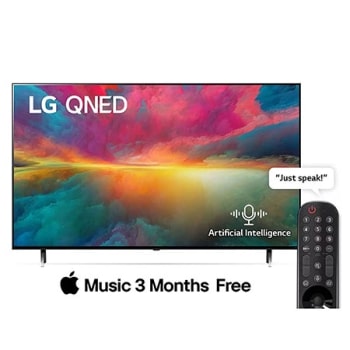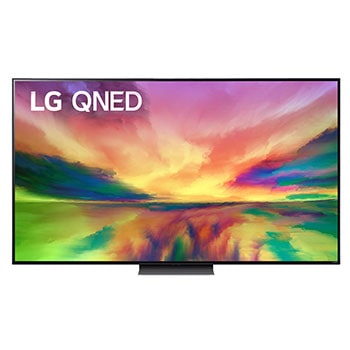-
When choosing a new TV, the display technology plays a huge role in the overall viewing experience. Two of the most popular display types today are OLED and QNED . But which one provides the best picture quality? In this blog, we’ll compare OLED and QNED, covering everything from picture quality to gaming and movie watching. Let’s dive into the differences!
-
1. OLED vs QNED: What’s the Difference?
OLED (Organic Light Emitting Diode) and QNED are both advanced display technologies that offer incredible picture quality, but they use different methods to achieve this.
• OLED: OLED panels have individual pixels that light up independently, providing true black levels and excellent contrast. The lack of a backlight also means OLED TVs are thinner and more flexible.
-
• QNED: QNED is premium LCD TV with LG’s unique wide color gamut technology. This allows for bright and vivid colors, but it may not achieve the same perfect blacks as OLED.
-
2. OLED vs QNED: Picture Quality
OLED is known for its perfect black levels because each pixel can turn on and off independently. This allows for incredible contrast and a truly immersive viewing experience, especially in dark rooms.
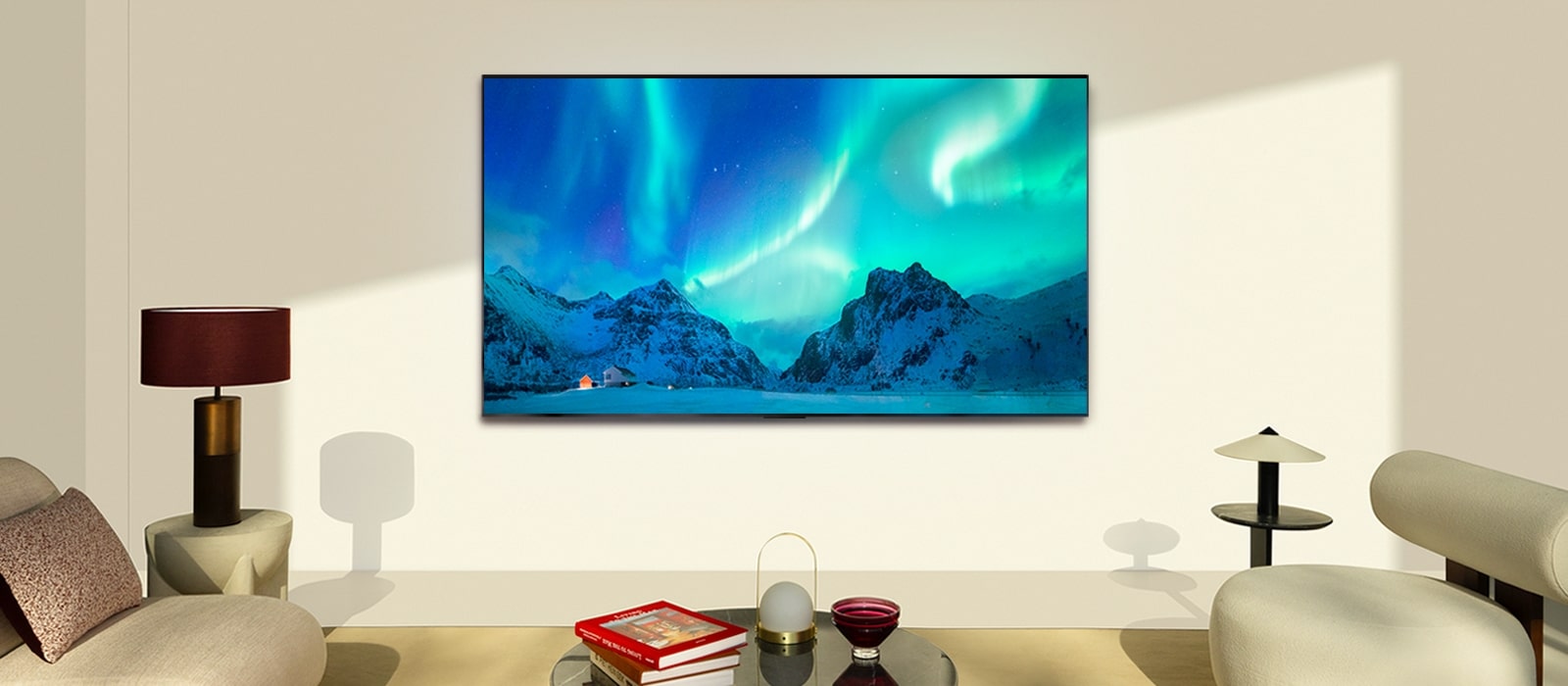
Day
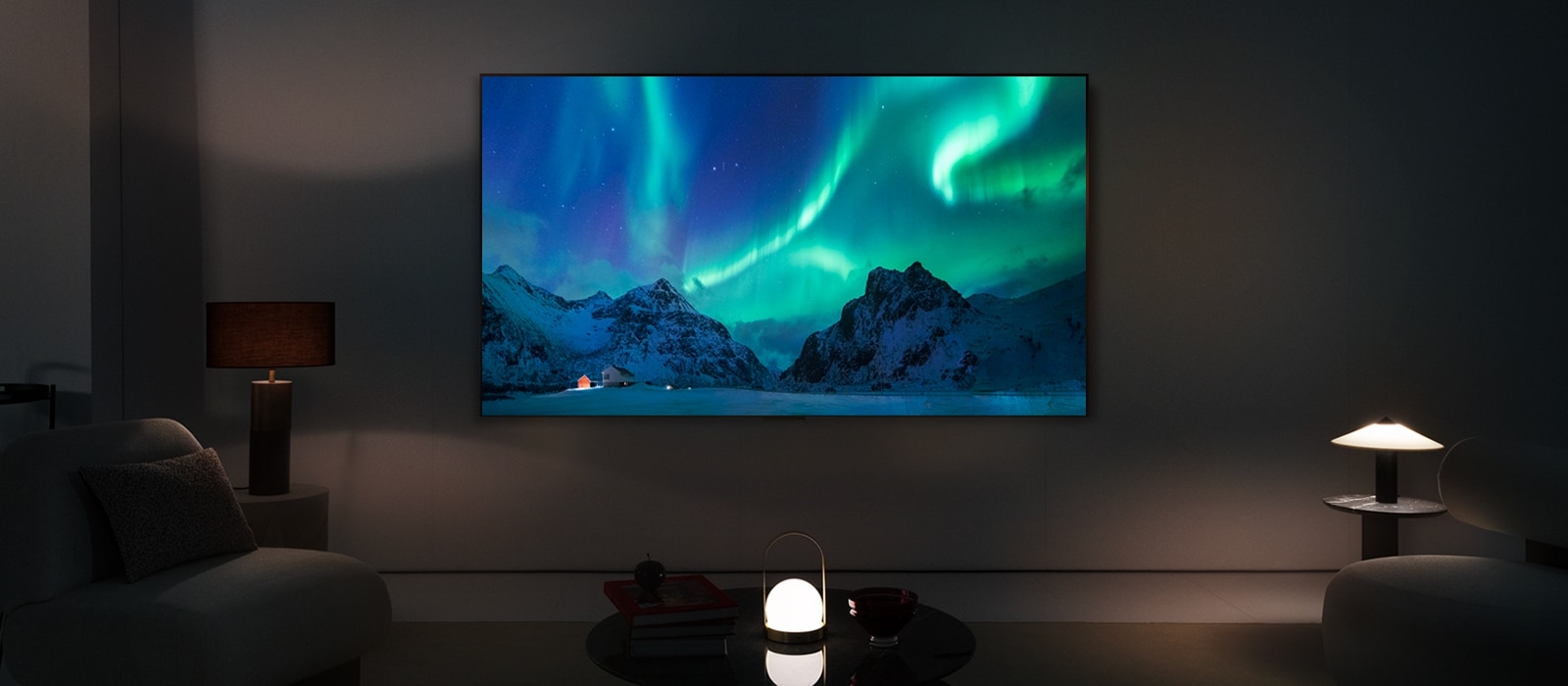
Night
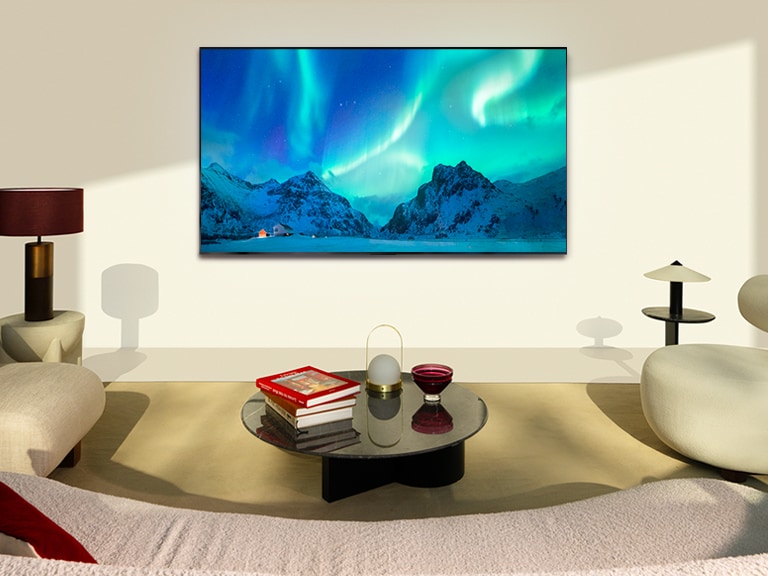
Day
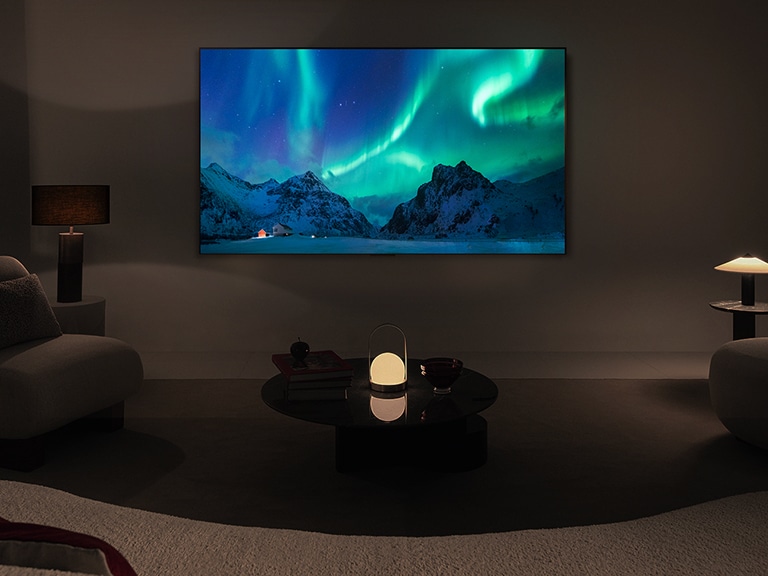
Night
-
Caption: OLED Intelligence that's bright in any light. Come day or night, Brightness Control detects the light in your space and balances the picture accordingly for crisp and clear visuals.
QNED, on the other hand, offers vivid colors and bright whites, making it great for rooms with a lot of natural light. However, because it relies on a backlight, it may not reach the same level of black as OLED.

Day
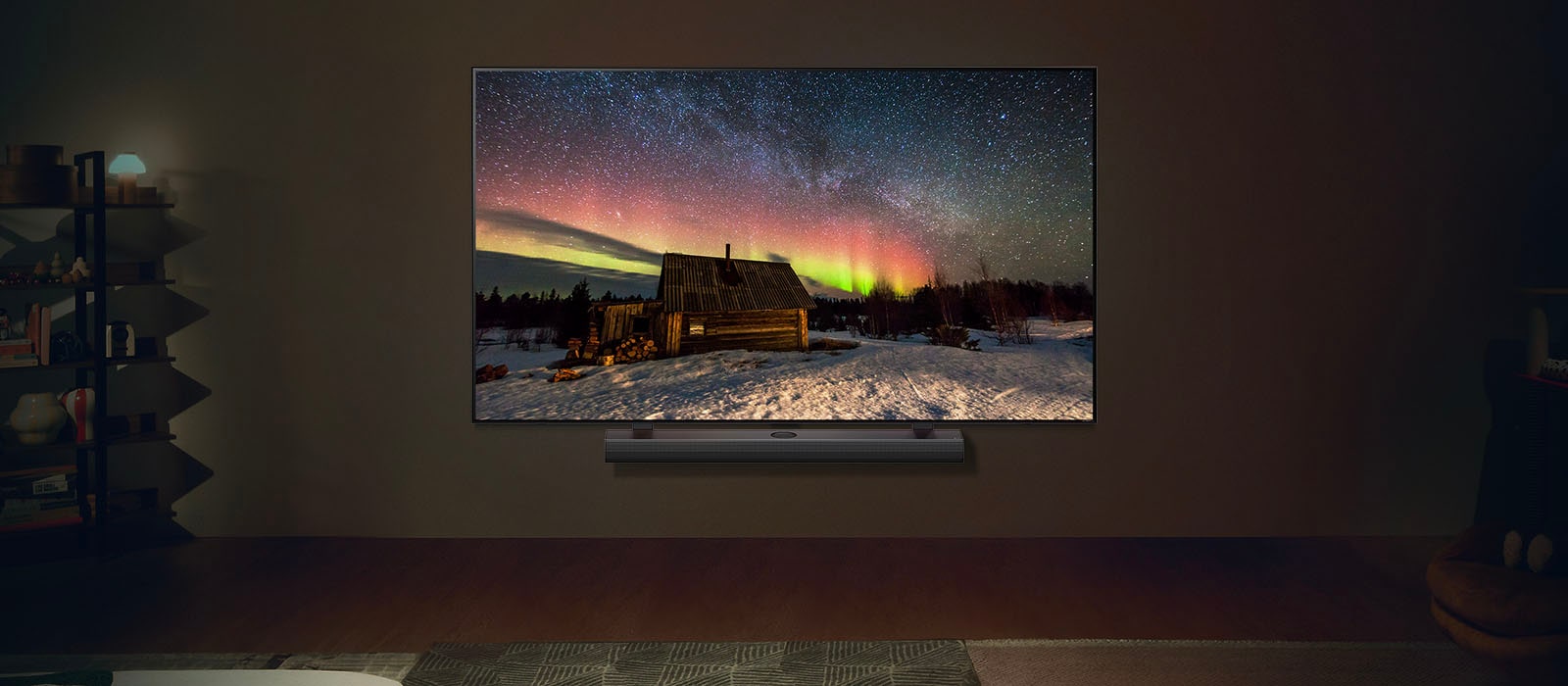
Night
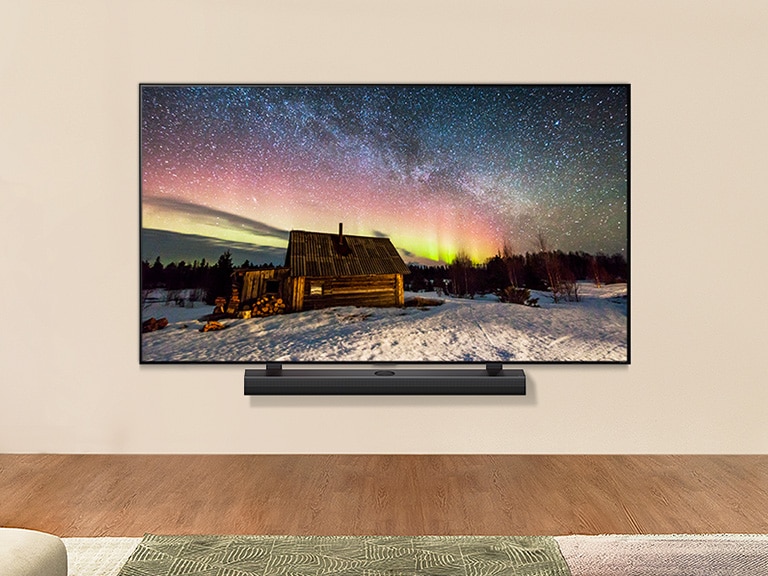
Day
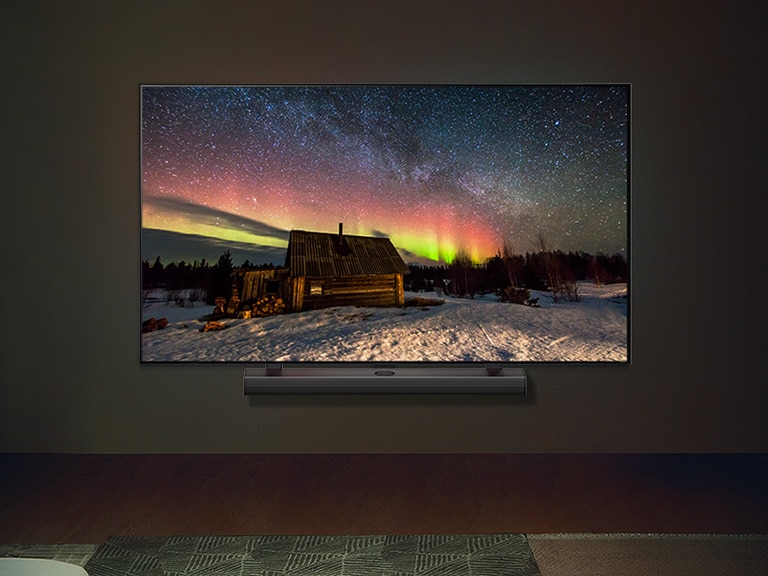
Night
-
Caption: QNED Intelligence that's bright in any light
Both technologies offer sharp, vibrant images, but OLED stands out in terms of contrast and black level performance.
-
3. OLED vs QNED for Gaming
When it comes to gaming, both OLED and QNED have their strengths. OLED is often preferred for its fast response times and incredible black levels, creating a more immersive experience. Whether you're playing action-packed games or exploring open worlds, OLED ensures smooth gameplay with minimal motion blur.
-
(Caption: LG OLED Ultimate Gaming Features: Where fast action never stutters. Obliterate tears and lags with AMD FreeSync Premium, G-Sync compatibility, 144Hz Mode, and VRR built in.)
QNED also provides great gaming performance, with high brightness and vivid colors, but it may not be as quick in response times compared to OLED. If you're a competitive gamer, OLED is usually the top choice.
-
(Caption: LG QNED Powerful Gameplay Features: Dive full-speed into the action. Immersive HGiG play stays smooth at high-speed with ALLM, and eARC ensures it all sounds amazing.)
For more information on LG OLED for gaming, check out LG OLED TV .
Shop LG OLED TVS
There is no availabel product.
component-recommendedRetailRriceInfo
OBS_MEMBERSHIP_MSG $*obsMembershipPrice*
*obsMemberShipLinkEnd*( *obsWelcomePriceDescription* $*obsWelcomePrice* )
-
4. OLED vs QNED for Movies
OLED is widely considered the best choice for watching movies, especially in dark rooms. Its ability to produce deep blacks and vibrant colors offers a cinematic experience that’s hard to beat. Every detail of a film, from shadows to bright highlights, is shown with incredible clarity.
QNED offers strong performance as well, especially with its bright picture, making it ideal for daytime viewing. However, OLED’s ability to deliver true blacks gives it an edge for a more cinematic movie-watching experience.
Shop LG QNED TVS
There is no availabel product.
component-recommendedRetailRriceInfo
OBS_MEMBERSHIP_MSG $*obsMembershipPrice*
*obsMemberShipLinkEnd*( *obsWelcomePriceDescription* $*obsWelcomePrice* )
-
5. OLED vs QNED: Pros and Cons
OLED Pros:
• Perfect black levels for enhanced contrast.
• Thin and flexible design.
• Faster response time for gaming.
OLED Cons:
• May be more expensive than QNED.
• Risk of burn-in with static images.
QNED Pros:
• Bright and vivid colors.
• More affordable compared to OLED.
• Great for bright rooms.
QNED Cons:
• Blacks are not as deep as OLED
• Slightly slower response time for gaming.
-
Conclusion: Which is Better: OLED or QNED?
So, which is better: OLED or QNED? If you’re looking for the best picture quality, OLED is the clear winner, thanks to its perfect black levels and stunning contrast. However, if you want a bright, vivid display and a more affordable option, QNED is also a great choice.
If you want to explore both options further, you can check out LG’s OLED TVs here and QNED TVs here .







